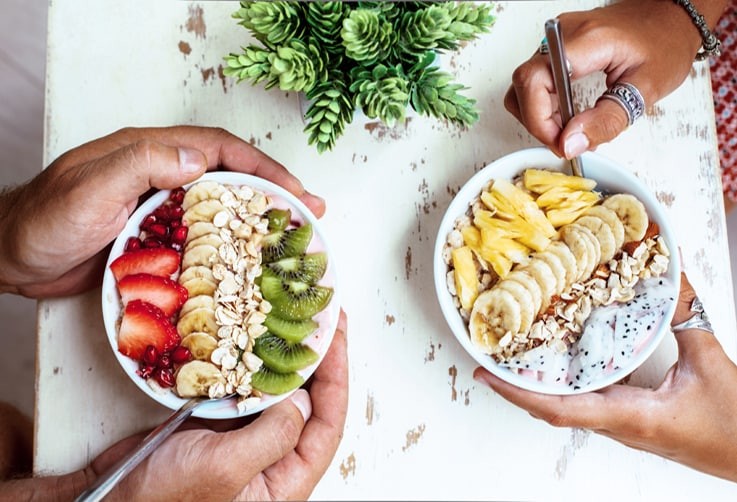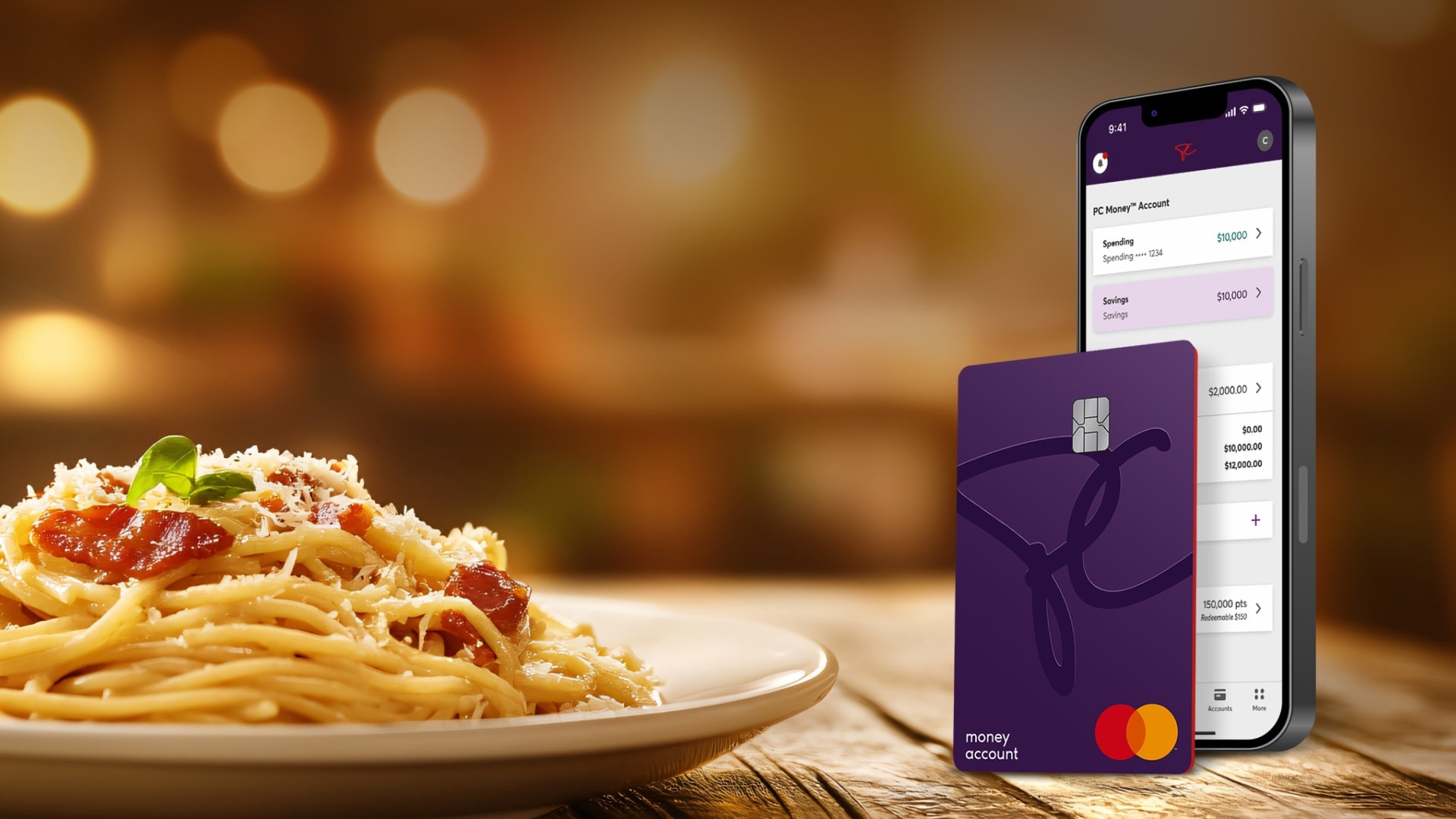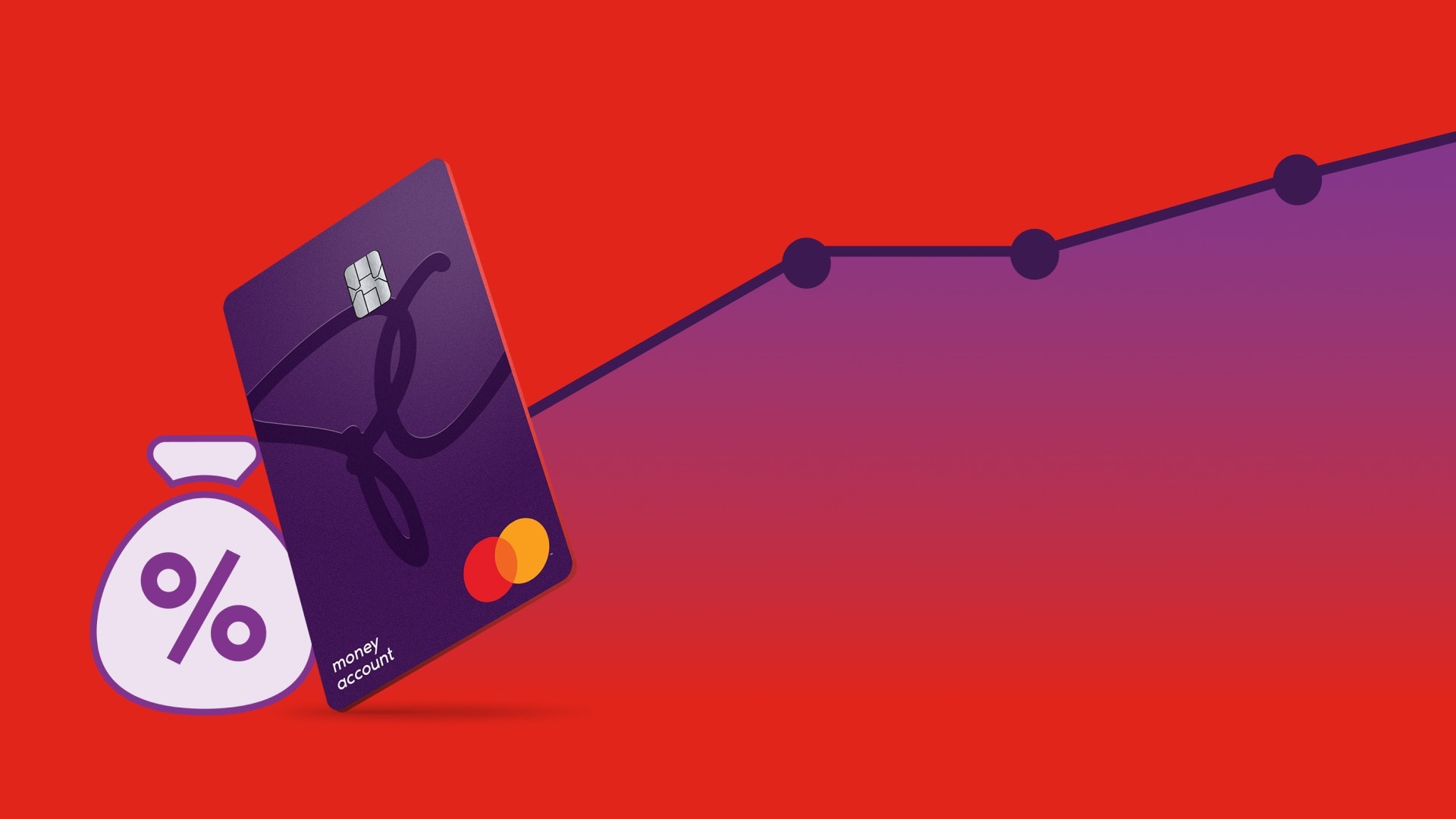Eating Better for Less

Eating more healthfully has become mainstream in recent years. Whether as part of a health-driven trend or because of a change in lifestyle, the practice is undoubtedly good for the body, but maybe not for the wallet. Many ready-made food options, like artisan avocado toasts or cold-pressed juice, can be expensive. These simple tips will help you and your family keep food costs down.
First, it’s important to understand that healthful eating doesn’t have to be expensive. There are multiple ways to save on grocery expenses from growing (opens in a new window) your own vegetables (opens in a new window)to making and sticking to a shopping list. Plan your meals (opens in a new window) so that all the ingredients on your list are used. Most households throw away good food every month, so be strict about buying only what you need and will actually eat. Trim down on non-essential items like sodas, snacks, cookies and candies, replacing them with sparkling water, and fruit. Save money by buying less expensive brands or buying only the
amount you need of nuts, seeds and spices from the bulk section of the grocery store, and meats and cheeses from the deli counter. If you can, freeze any unused foods, including bread or portioned meats purchased in bulk, but make sure they are wrapped in airtight packaging to avoid freezer burn. No time to visit the grocery store? Make purchases online at https://www.loblaws.ca/pcexpress (opens in a new window) and choose a pick-up time that’s convenient for you.
Since meat and fish are generally more expensive ingredients, buy whole or cheaper cuts. Whole chickens generally cost less than chicken parts, plus you’ll have the carcass for making stock. Cheaper cuts of meats might require a little more cooking time, but the slow- cooked product typically has more flavour. If you are open to reducing the amount of meat consumed, try eating smaller portions or going meat-free for a few meals a week to help keep food costs low. Or add extra vegetables to meat dishes like a stir-fry to help the meal go further.
If it’s hard to find fresh produce or if an economical option isn’t available, consider buying frozen fruits and vegetables that don’t have any added salt, sugar or fat. Some produce is flash frozen at the peak of freshness, so buying bags of frozen fruits and vegetables, – especially when they’re on sale – is an easy and inexpensive way to consume more produce. Simply add a cup or two to your oatmeal, in your smoothie, pasta, soup, or stir-fry.
Purchase dried goods in bulk or when they go on sale. Since staples like rice and beans, lentils and peas are relatively inexpensive, try adding them to soups, stews, and dishes. The result is a hearty dish that is low in fat, packed with fiber, vitamins and minerals. Just make sure they’re stored properly in the pantry.
Try to avoid eating processed foods and dining out regularly. Some simple menu planning and batch cooking will ensure you always have food available and will help you save money too. While processed food and take-out foods may be a convenient solution, they’re often loaded with sodium, preservatives, hidden sugars and fats. Instead, try making the item at home, where you can control the seasoning and customize the ingredients. Prepare in large enough portions so that you can have leftovers for subsequent meals, or freeze for another day. Your body and wallet will thank you.
Use a little creativity to reinvigorate your leftovers. Near expiry vegetables can give new life to a leftover chunky curry vegetable stew, or roast them and and add to a vegetable or grain salad. Extra roast chicken can be used in sandwiches or tossed in a pasta dish; the bones can be simmered with vegetables to make a broth. Stale bread can be used to make French toast, sliced thin for crostini or ground up for bread crumbs.
While they generally save time, convenience foods can be frivolous expenses. Take, for example, the indulgent avocado toast. The brunch time staple is incredibly easy to prepare with ingredients that are widely available. Sliced or smashed, avocados can be spread on low-carb or gluten-free bread, topped with an egg, and dusted with red pepper flakes or crumbled feta and for a fraction of the cost compared to purchasing it at a café or restaurant.
Being flexible about what you eat also helps. If avocados are out of season or are too pricey to consider, try using fresh tomatoes instead. The same mentality goes for other foods like smoothies and juices. Try following a few recipes until you find one you like. After all, a penny saved is a penny earned.
Most important of all, know what's in your kitchen pantry, fridge and freezer. Check use-by dates to make sure you use the ingredients before they expire. By shopping smarter, you’ll find you won't waste as much.
General information not about PC Financial products is provided for your reference and interest only. The above content is intended only to provide a summary and general overview on matters of interest and is not a substitute for, and should not be construed as the advice of an experienced professional. The PC Financial® team does not guarantee the currency, accuracy, applicability or completeness of this content.
.jpg)

